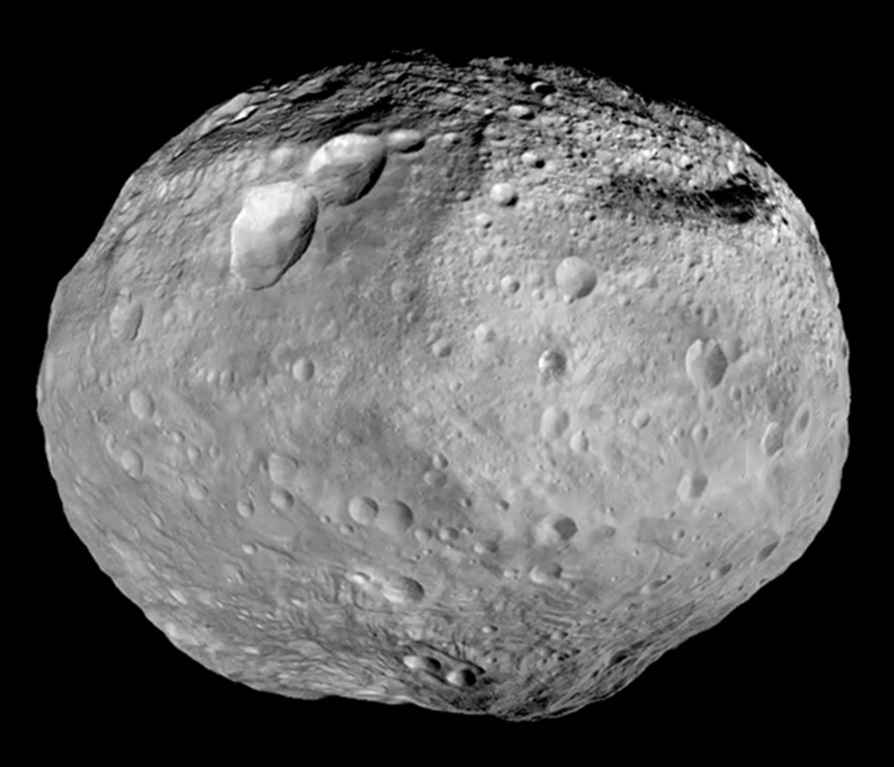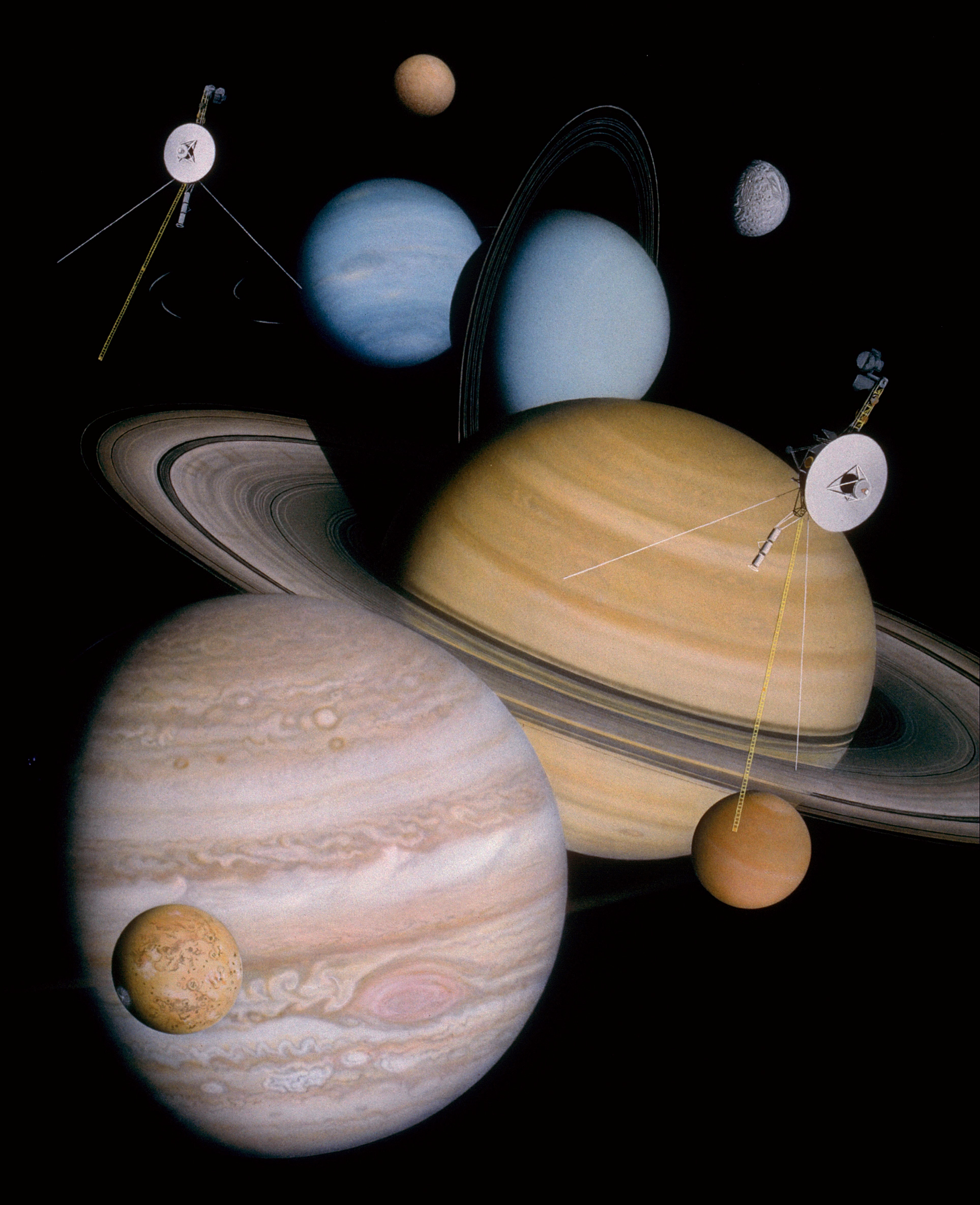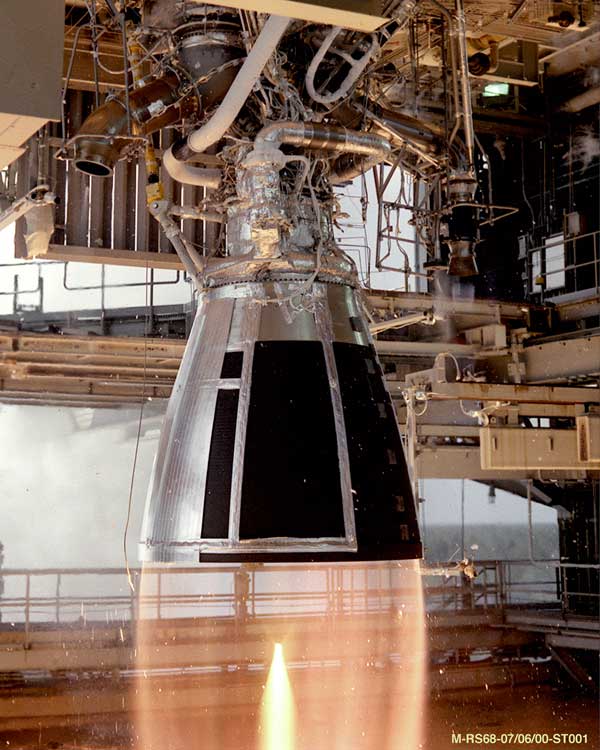|
Dawn (spacecraft)
''Dawn'' is a retired space probe that was launched by NASA in September 2007 with the mission of studying two of the three known protoplanets of the asteroid belt: Vesta and Ceres. In the fulfillment of that mission—the ninth in NASA's Discovery Program—''Dawn'' entered orbit around Vesta on July 16, 2011, and completed a 14-month survey mission before leaving for Ceres in late 2012. It entered orbit around Ceres on March 6, 2015. In 2017, NASA announced that the planned nine-year mission would be extended until the probe's hydrazine fuel supply was depleted. On November 1, 2018, NASA announced that ''Dawn'' had depleted its hydrazine, and the mission was ended. The derelict probe remains in a stable orbit around Ceres. ''Dawn'' is the first spacecraft to have orbited two extraterrestrial bodies, the first spacecraft to have visited either Vesta or Ceres, and the first to have orbited a dwarf planet. The ''Dawn'' mission was managed by NASA's Jet Propulsion Laboratory, ... [...More Info...] [...Related Items...] OR: [Wikipedia] [Google] [Baidu] |
4 Vesta
Vesta (minor-planet designation: 4 Vesta) is one of the largest objects in the asteroid belt, with a mean diameter of . It was discovered by the German astronomer Heinrich Wilhelm Matthias Olbers on 29 March 1807 and is named after Vesta (mythology), Vesta, the virgin goddess of home and hearth from Roman mythology. Vesta is thought to be the second-largest asteroid, both by mass and by volume, after the dwarf planet Ceres (dwarf planet), Ceres. Measurements give it a nominal volume only slightly larger than that of 2 Pallas, Pallas (about 5% greater), but it is 25% to 30% more massive. It constitutes an estimated 9% of the mass of the asteroid belt. Vesta is the only known remaining rocky protoplanet of the kind that formed the terrestrial planets. Numerous fragments of Vesta were ejected by collisions one and two billion years ago that left two enormous craters occupying much of Vesta's southern hemisphere. Debris from these events has fallen to Earth as HED meteorite, howardi ... [...More Info...] [...Related Items...] OR: [Wikipedia] [Google] [Baidu] |
Protoplanet
A protoplanet is a large planetary embryo that originated within a protoplanetary disk and has undergone internal melting to produce a differentiated interior. Protoplanets are thought to form out of kilometer-sized planetesimals that gravitationally perturb each other's orbits and collide, gradually coalescing into the dominant planets. The planetesimal hypothesis A planetesimal is an object formed from dust, rock, and other materials, measuring from meters to hundreds of kilometers in size. According to the Chamberlin–Moulton planetesimal hypothesis and the theories of Viktor Safronov, a protoplanetary disk of materials such as gas and dust would orbit a star early in the formation of a planetary system. The action of gravity on such materials form larger and larger chunks until some reach the size of planetesimals. It is thought that the collisions of planetesimals created a few hundred larger planetary embryos. Over the course of hundreds of millions of years, they ... [...More Info...] [...Related Items...] OR: [Wikipedia] [Google] [Baidu] |
SERT-1 (spaceship)
SERT-1 (Space Electric Rocket Test) was a NASA probe used to test electrostatic ion thruster design and was built by NASA's Lewis Research Center (now NASA Glenn). SERT-1 was the first spacecraft to utilize ion engine design. It was launched on July 20, 1964 on a Scout rocket. It carried two electric propulsion engines; of the two, the first, an electron-bombardment ion engine ("Kaufman ion thruster") was run for a total of 31 minutes and 16 seconds. This was the first time that an ion engine of any type had been operated in space, and demonstrated that the neutralizer worked as predicted. (A second thruster, of a different type, failed to operate.) The test was followed by the SERT-II probe, launched into a 1000-km-high polar orbit on February 3, 1970, page at Astronautix (Accessed July 1, 2010) which demonstrated two [...More Info...] [...Related Items...] OR: [Wikipedia] [Google] [Baidu] |
Mercury (element)
Mercury is a chemical element; it has Symbol (chemistry), symbol Hg and atomic number 80. It is commonly known as quicksilver. A Heavy metal element, heavy, silvery d-block element, mercury is the only metallic element that is known to be liquid at standard temperature and pressure; the only other element that is liquid under these conditions is the halogen bromine, though metals such as caesium, gallium, and rubidium melt just above room temperature. Mercury occurs in deposits throughout the world mostly as cinnabar (mercuric sulfide). The red pigment vermilion is obtained by Mill (grinding), grinding natural cinnabar or synthetic mercuric sulfide. Exposure to mercury and mercury-containing organic compounds is toxic to the nervous system, immune system and kidneys of humans and other animals; mercury poisoning can result from exposure to water-soluble forms of mercury (such as mercuric chloride or methylmercury) either directly or through mechanisms of biomagnification. Mercu ... [...More Info...] [...Related Items...] OR: [Wikipedia] [Google] [Baidu] |
Ohio
Ohio ( ) is a U.S. state, state in the Midwestern United States, Midwestern region of the United States. It borders Lake Erie to the north, Pennsylvania to the east, West Virginia to the southeast, Kentucky to the southwest, Indiana to the west, and Michigan to the northwest. Of the 50 List of states and territories of the United States, U.S. states, it is the List of U.S. states and territories by area, 34th-largest by area. With a population of nearly 11.9 million, Ohio is the List of U.S. states and territories by population, seventh-most populous and List of U.S. states and territories by population density, tenth-most densely populated state. Its List of capitals in the United States, capital and List of cities in Ohio, most populous city is Columbus, Ohio, Columbus, with the two other major Metropolitan statistical area, metropolitan centers being Cleveland and Cincinnati, alongside Dayton, Ohio, Dayton, Akron, Ohio, Akron, and Toledo, Ohio, Toledo. Ohio is nicknamed th ... [...More Info...] [...Related Items...] OR: [Wikipedia] [Google] [Baidu] |
Glenn Research Center
NASA John H. Glenn Research Center at Lewis Field is a NASA center within the cities of Brook Park, Ohio, Brook Park and Cleveland between Cleveland Hopkins International Airport and the Rocky River Reservation of Cleveland Metroparks, with a subsidiary facility in Sandusky, Ohio. Its director is James A. Kenyon. Glenn Research Center is one of ten major NASA facilities, whose primary mission is to develop science and technology for use in aeronautics and space. , it employed about 1,650 civil servants and 1,850 support contractors on or near its site. In 2010, the formerly on-site NASA Visitors Center moved to the Great Lakes Science Center in the North Coast Harbor area of downtown Cleveland. History The installation was established in 1942 as part of the National Advisory Committee for Aeronautics (NACA) and was later incorporated into the National Aeronautics and Space Administration as a laboratory for aircraft engine research. It was first named the Aircraft Engine Rese ... [...More Info...] [...Related Items...] OR: [Wikipedia] [Google] [Baidu] |
Harold R
Harold may refer to: People * Harold (given name), including a list of persons and fictional characters with the name * Harold (surname), surname in the English language * András Arató, known in meme culture as "Hide the Pain Harold" Arts and entertainment * ''Harold'' (film), a 2008 comedy film * ''Harold'', an 1876 poem by Alfred, Lord Tennyson * ''Harold, the Last of the Saxons'', an 1848 book by Edward Bulwer-Lytton, 1st Baron Lytton * '' Harold or the Norman Conquest'', an opera by Frederic Cowen * ''Harold'', an 1885 opera by Eduard Nápravník * Harold, a character from the cartoon ''The Grim Adventures of Billy & Mandy'' * Harold & Kumar, a US movie; Harold/Harry is the main actor in the show. Places ;In the United States * Alpine, Los Angeles County, California, an erstwhile settlement that was also known as Harold * Harold, Florida, an unincorporated community * Harold, Kentucky, an unincorporated community * Harold, Missouri, an unincorporated communi ... [...More Info...] [...Related Items...] OR: [Wikipedia] [Google] [Baidu] |
SERT-1 Spacecraft
SERT-1 (Space Electric Rocket Test) was a NASA probe used to test electrostatic ion thruster design and was built by NASA's Lewis Research Center (now NASA Glenn). SERT-1 was the first spacecraft to utilize ion engine design. It was launched on July 20, 1964 on a Scout rocket. It carried two electric propulsion engines; of the two, the first, an electron-bombardment ion engine ("Kaufman ion thruster") was run for a total of 31 minutes and 16 seconds. This was the first time that an ion engine of any type had been operated in space, and demonstrated that the neutralizer worked as predicted. (A second thruster, of a different type, failed to operate.) The test was followed by the SERT-II probe, launched into a 1000-km-high polar orbit on February 3, 1970, page at Astronautix (Accessed July 1, 2010) which demonstrated two [...More Info...] [...Related Items...] OR: [Wikipedia] [Google] [Baidu] |
Planetary Flyby
A planetary flyby is the act of sending a space probe past a planet or a dwarf planet close enough to record scientific data. This is a subset of the overall concept of a flyby in spaceflight. The first flyby of another planet with a functioning spacecraft took place on December 14, 1962, when Mariner 2 zoomed by the planet Venus. Planetary flybys are commonly used as gravity assist maneuvers to "slingshot" a space probe toward its primary target without expending fuel, but in some cases (such as with New Horizons), flybys are the primary objectives of a mission in of themselves. Flybys modify the direction of the probe and adds to its heliocentric velocity. A relatively recent example of a flyby spacecraft is ''New Horizons,'' which performed flyby maneuvers of Jupiter, Pluto and its moons in the 21st century. The flyby of Jupiter, used as a gravity assist, allowed the craft to reach Pluto at high velocity without the complications of slowing down, after which it proceeded f ... [...More Info...] [...Related Items...] OR: [Wikipedia] [Google] [Baidu] |
Voyager Program
The Voyager program is an American scientific program that employs two interstellar probes, ''Voyager 1'' and ''Voyager 2''. They were launched in 1977 to take advantage of a favorable planetary alignment to explore the two gas giants Jupiter and Saturn and potentially also the ice giants, Uranus and Neptune—to Flyby (spaceflight), fly near them while collecting data for transmission back to Earth. After ''Voyager 1'' successfully completed its flyby of Saturn and its moon Titan (moon), Titan, it was decided to send ''Voyager 2'' on flybys of Uranus and Neptune. After the planetary flybys were complete, decisions were made to keep the probes in operation to explore Outer space, interstellar space and the outer regions of the Solar System. On 25 August 2012, data from ''Voyager 1'' indicated that it had entered interstellar space. On 5 November 2019, data from ''Voyager 2'' indicated that it also had entered interstellar space. On 4 November 2019, scientists reported that on ... [...More Info...] [...Related Items...] OR: [Wikipedia] [Google] [Baidu] |
Rocket Engine
A rocket engine is a reaction engine, producing thrust in accordance with Newton's third law by ejecting reaction mass rearward, usually a high-speed Jet (fluid), jet of high-temperature gas produced by the combustion of rocket propellants stored inside the rocket. However, non-combusting forms such as cold gas thrusters and nuclear thermal rockets also exist. Rocket vehicles carry their own oxidiser, unlike most combustion engines, so rocket engines can be used in a vacuum, and they can achieve great speed, beyond escape velocity. Vehicles commonly propelled by rocket engines include missiles, Rocket-assisted projectile, artillery shells, ballistic missiles and rockets of any size, from tiny Rocket (firework), fireworks to Rocket (weapon), man-sized weapons to huge Space vehicle, spaceships. Compared to other types of jet engine, rocket engines are the lightest and have the highest thrust, but are the least propellant-efficient (they have the lowest specific impulse). The ideal ... [...More Info...] [...Related Items...] OR: [Wikipedia] [Google] [Baidu] |
Ion Thruster
An ion thruster, ion drive, or ion engine is a form of electric propulsion used for spacecraft propulsion. An ion thruster creates a cloud of positive ions from a neutral gas by ionizing it to extract some electrons from its atoms. The ions are then accelerated using electricity to create thrust. Ion thrusters are categorized as either electrostatic or electromagnetic. Electrostatic thruster ions are accelerated by the Coulomb force along the electric field direction. Temporarily stored electrons are reinjected by a ''neutralizer'' in the cloud of ions after it has passed through the electrostatic grid, so the gas becomes neutral again and can freely disperse in space without any further electrical interaction with the thruster. By contrast, electromagnetic thruster ions are accelerated by the Lorentz force to accelerate all species (free electrons as well as positive and negative ions) in the same direction whatever their electric charge, and are specifically refer ... [...More Info...] [...Related Items...] OR: [Wikipedia] [Google] [Baidu] |







